Zeebrugge ferry disaster, 30 years on: Deadly failings behind one of UK's worst peacetime maritime tragedies
Thirty years ago this Monday, shortly after setting out to Dover from the Belgian port of Zeebrugge, the ferry Herald of Free Enterprise capsized with the loss of 193 lives – Britain’s worst peacetime maritime disaster since 1919. Godfrey Holmes examines the catastrophic failings both on the day an in the aftermath, and finds numerous lessons still to be learnt

Your support helps us to tell the story
From reproductive rights to climate change to Big Tech, The Independent is on the ground when the story is developing. Whether it's investigating the financials of Elon Musk's pro-Trump PAC or producing our latest documentary, 'The A Word', which shines a light on the American women fighting for reproductive rights, we know how important it is to parse out the facts from the messaging.
At such a critical moment in US history, we need reporters on the ground. Your donation allows us to keep sending journalists to speak to both sides of the story.
The Independent is trusted by Americans across the entire political spectrum. And unlike many other quality news outlets, we choose not to lock Americans out of our reporting and analysis with paywalls. We believe quality journalism should be available to everyone, paid for by those who can afford it.
Your support makes all the difference.Imagine free enterprise unchecked, self-reverential. Imagine a “spirit of free enterprise” that places capital above both labour and product. Then imagine a “pride of free enterprise” certain of its own merits; too careless to consult history regarding past shipping disasters; too mean to spare a fiver in order to avert catastrophe. And there – on a cold and miserable night exactly 30 years ago this weekend – we have the sinking of the Herald of Free Enterprise.
Three times this ferry’s owners – owners stubbornly upholding the fiction they weren’t really the owners – were warned about open doors; on a first occasion saying nobody had ever worried about them before; on a second occasion saying they weren’t in the business of telling crew how to do their jobs as specified; on a third occasion saying they were busy, go away.
Thus it was that, early on the evening of Friday 6 March 1987, only 23 minutes into a voyage that should have been routine, and steadily gaining speed to 18 knots an hour, 193 lives were needlessly sacrificed to the frigid waters – 3C – of the English Channel. And the keeling over of Townsend Thoresen’s state-of-the-art (1980) “roll-on, roll-off” car, lorry, and foot-passenger ferry the Herald of Free Enterprise took just two minutes. And how terrifying those two minutes.
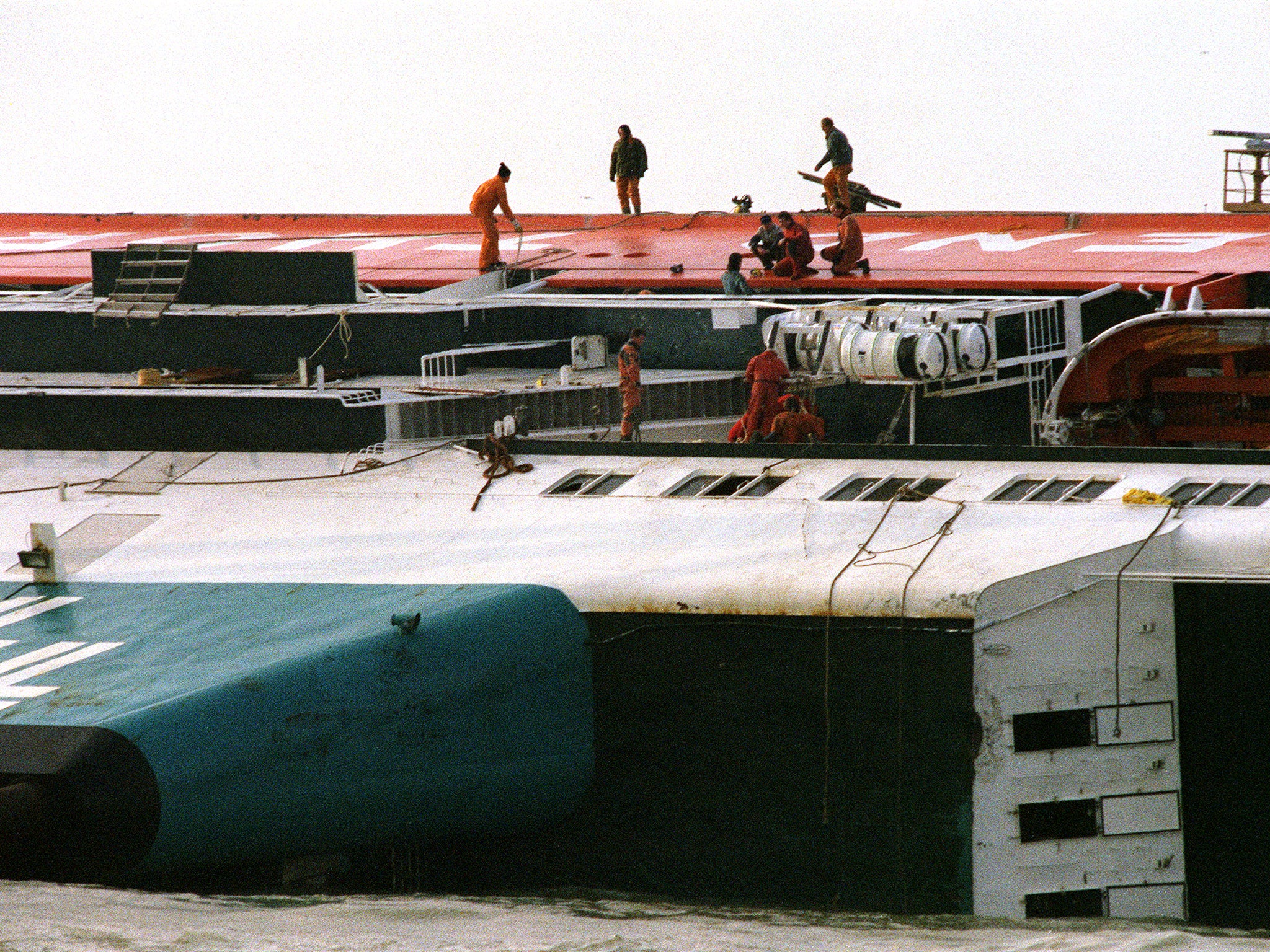
Already 20 minutes late raising anchor, the Herald was carrying 459 passengers or drivers, 80 tired crew members still to complete their second sailing in a 24-hour window, 81 cars, 47 lorries, three buses. Some lorry drivers down below were taking a shower, eating their sandwiches, resting; while several dozen day-trippers – those who’d joyfully taken advantage of a Sun newspaper offer of Belgium for £1 return – congregated in the lounge for drinks and a chat. Other passengers and crew were getting their bearings along some very long corridors leading wherever. A few “lucky” souls were out outdoors for a breather, still glancing back towards Zeebrugge. A haven of safety. If only.
Yet even as 535 innocents tried to come to terms with their own likely demise, four other people on board had that opportunity to reflect how they might have acted differently: Assistant Boatswain Mark Stanley, the man whose duty it was actually to shut the Herald’s two bow doors; Boatswain Terence Ayling, whose job he considered it not to shut those crucial, life-saving, doors; First Chief Officer Leslie Sabel, one of whose tasks it was to check that those doors had actually been shut; and the Captain David Lewry who could neither see the doors nor communicate with anybody who might know anything about those doors or the (also still open too) stern door.
And who was the fifth man, seated in some plush office in Dover, about to knock off for the weekend? He who issued the orders that his ferries were to steam out of port with their doors still open to save on turn-around time? He who would not concede the £5, at most, that would have fixed a simple bell-push on deck G tinkling through to the bridge that the doors had actually been shut prior to departure?
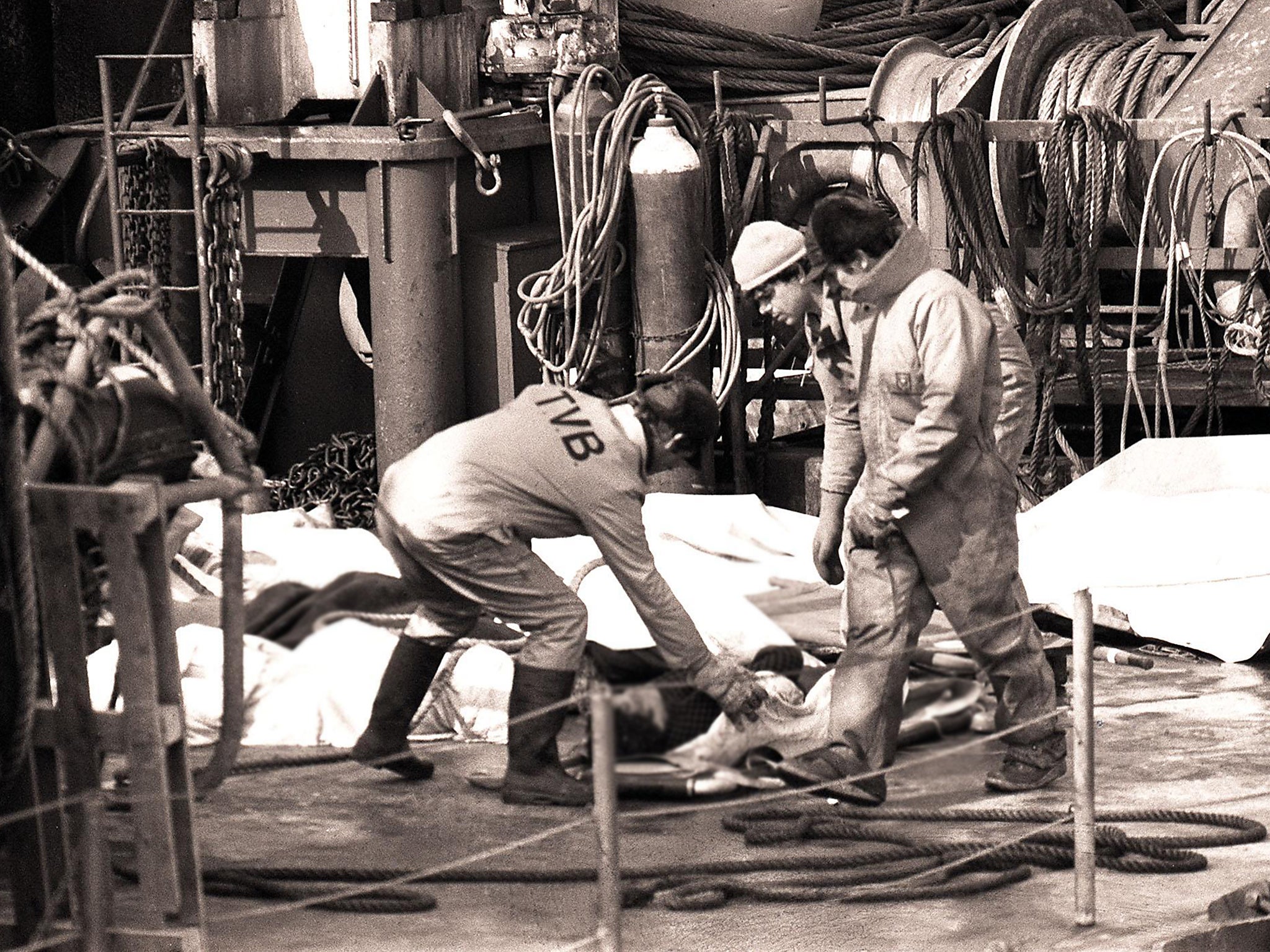
Roll-on, roll-off ferries, or “ro-ros”, are inherently unstable. Most of the ship is above the waterline, not below. Ro-ros are very flat-bottomed: considered in many quarters not to be “real ships” at all – as if still guided by invisible chain. That is why the Herald’s ingress of water was cataclysmic. You only need to carry an ordinary, water-laden 12-inch dinner plate across your bedroom to understand just how volatile – and wet – the outcome. British Rail’s pioneering ferry, MV Princess Victoria, attempting to traverse the wild Irish Sea from Larne to Stranraer on a fateful night during the even more fateful east coast floods of 31 January and 1 February 1953, went down almost immediately as towering waves beat their way on to its car deck. 133 passengers and crew perished that night, with only 44 survivors: none of those eventually rescued was a ship’s officer. Compare.
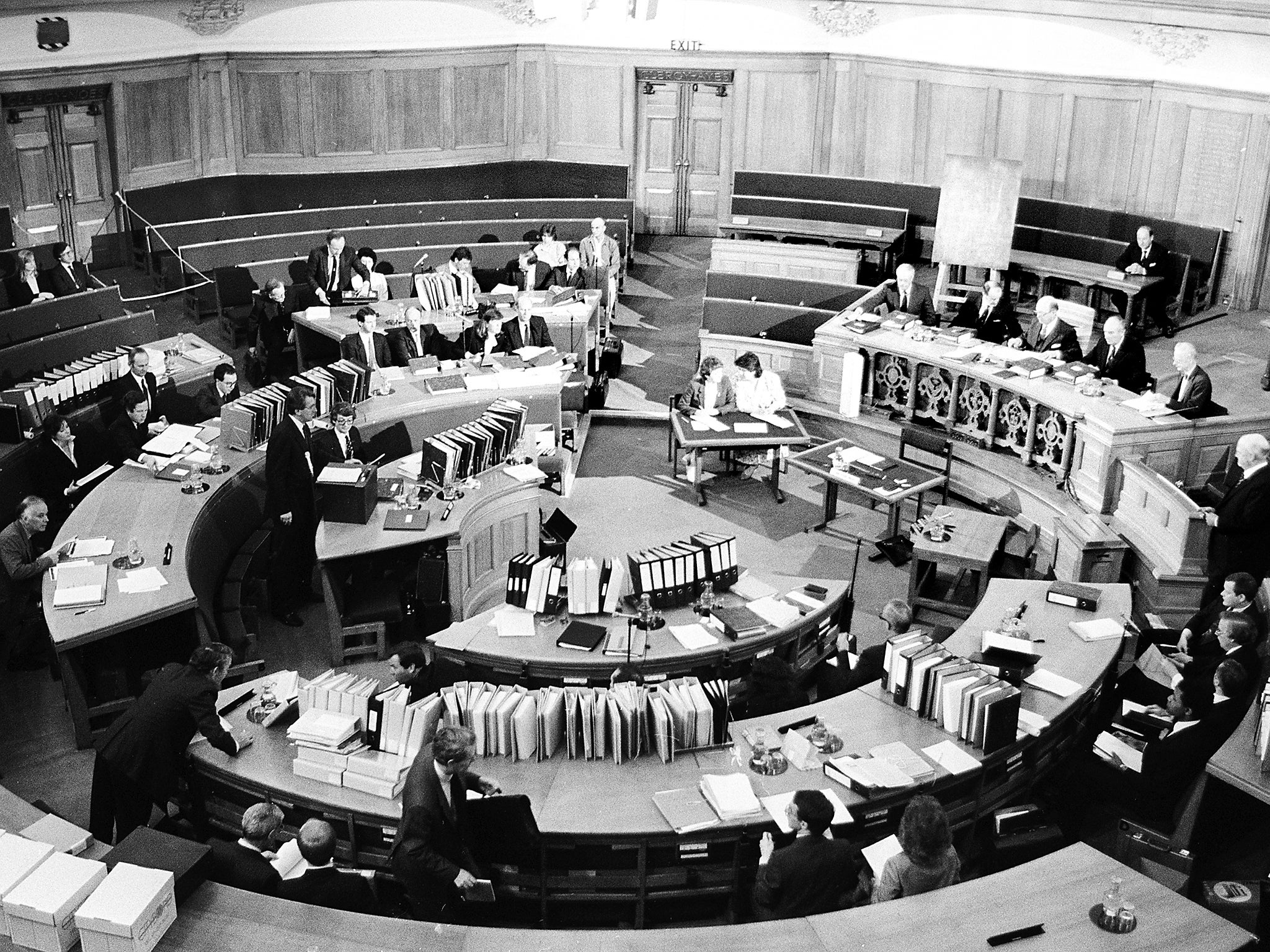
Stephen Homewood (more of him later) in his seminal book – still only one of two – concerning the night of 6 March 1987, and its aftermath, Zeebrugge: A Hero’s Story, describes what exactly happened to the Herald: “[We] had gone out of harbour with a gaping hole in the bow caused by open doors. She was also loaded and tilted [three-foot extra] at the front [due to extra ballast fed into the hull in order to accommodate the Port of Zeebrugge’s incompatible gangways]. As her speed increased ... the bow door ramp was pushed into the water, scooping up every bow wave, so allowing hundreds and thousands of gallons of sea water to pour in ... This water settled on the port side, causing that first roll. [Briefly] the ship then steadied; but as more water rushed in, the extra weight sent the ship into its final death roll. Floating on its side for a minute, it [soon and providentially] settled on the sandbank that [mercifully] saved the ship from turning completely turtle.”
Too harrowing it is to recount tales of the (fortunate?) Herald survivors. Suffice to say conditions on board, literally overboard too, were hell. Screams of panic. Smashed windows. The sight of fellow passengers – mothers, fathers, sisters, brothers, uncles, aunties, nephews, nieces among them – drowning. Fruitless re-entering into totally unlit areas that only a quarter of an hour before were not only lit, but also warm, relaxing, convivial, safe. Forlorn cries for help. Bouncing, clattering, china, glass, chairs, signage. Inaccessible lockers full of life-belts. Some life-belts so buoyant as to restrict escape. Jagged metal. Forced-down, therefore unusable, exits. Disorientation. Chaos. Confusion. Concussion. Courage. Exposure. Panic. Water, water, everywhere.
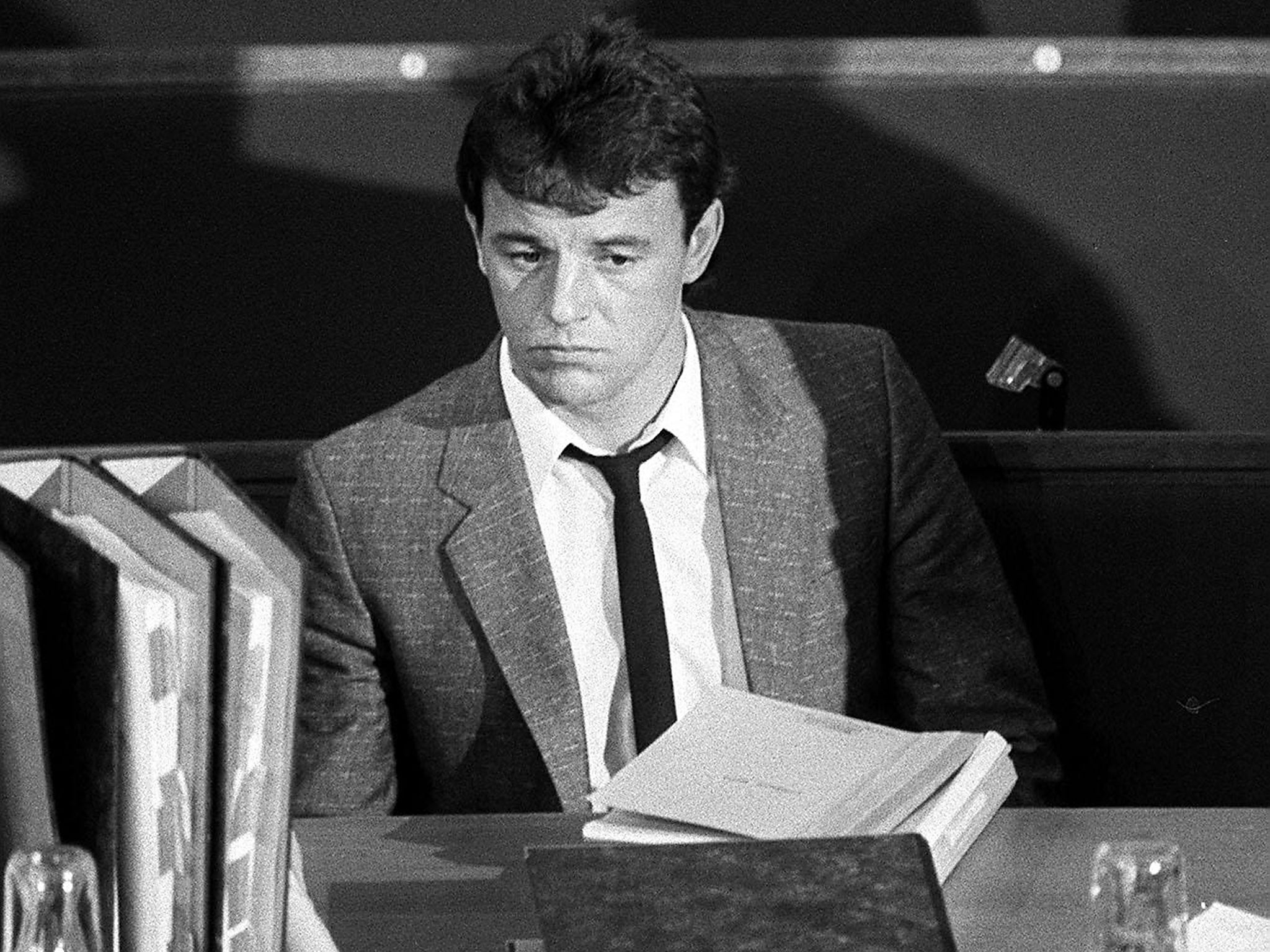
Also too unfair it would be to identify all bravery displayed that night: modest people who – with only a few moments on a freezing March evening to collect their thoughts – acted before far more passengers in distress perished: no longer seen, no longer heard. Suffice it to acknowledge the miraculous, incredibly selfless, and only incidentally recognised and honoured, contributions of Assistant Purser Stephen Homewood; “human bridge” Andrew Parker; unrecovered Master Chef Michael Skippen; Quartermaster Tom Wilson; and crew members Billy Walker and Leigh Cornelius.
Ironically, three of the men attempting to help their charges most were aforementioned Mark Victor Stanley: he who, startled and alarmed, realised his eyes were closed when he should have been operating that critical hydraulic bow-door closing mechanism; Boatswain Terence Ayling, he who, in common with his superior, and carefree, Chief Officer Leslie Sabel, simply assumed, even then too late, that everything had been done that needed to be done. These three, and their correctly censured Captain Lewry, rarely ever spoke to the press – or to fellow survivors – following the Herald’s sinking. But it is beyond dispute that Mark Stanley, a talented footballer and football manager, who never shed the intolerable burden of his guilt – a very specific, solitary, guilt – died in July 2016, prematurely, aged just 58, a broken man.
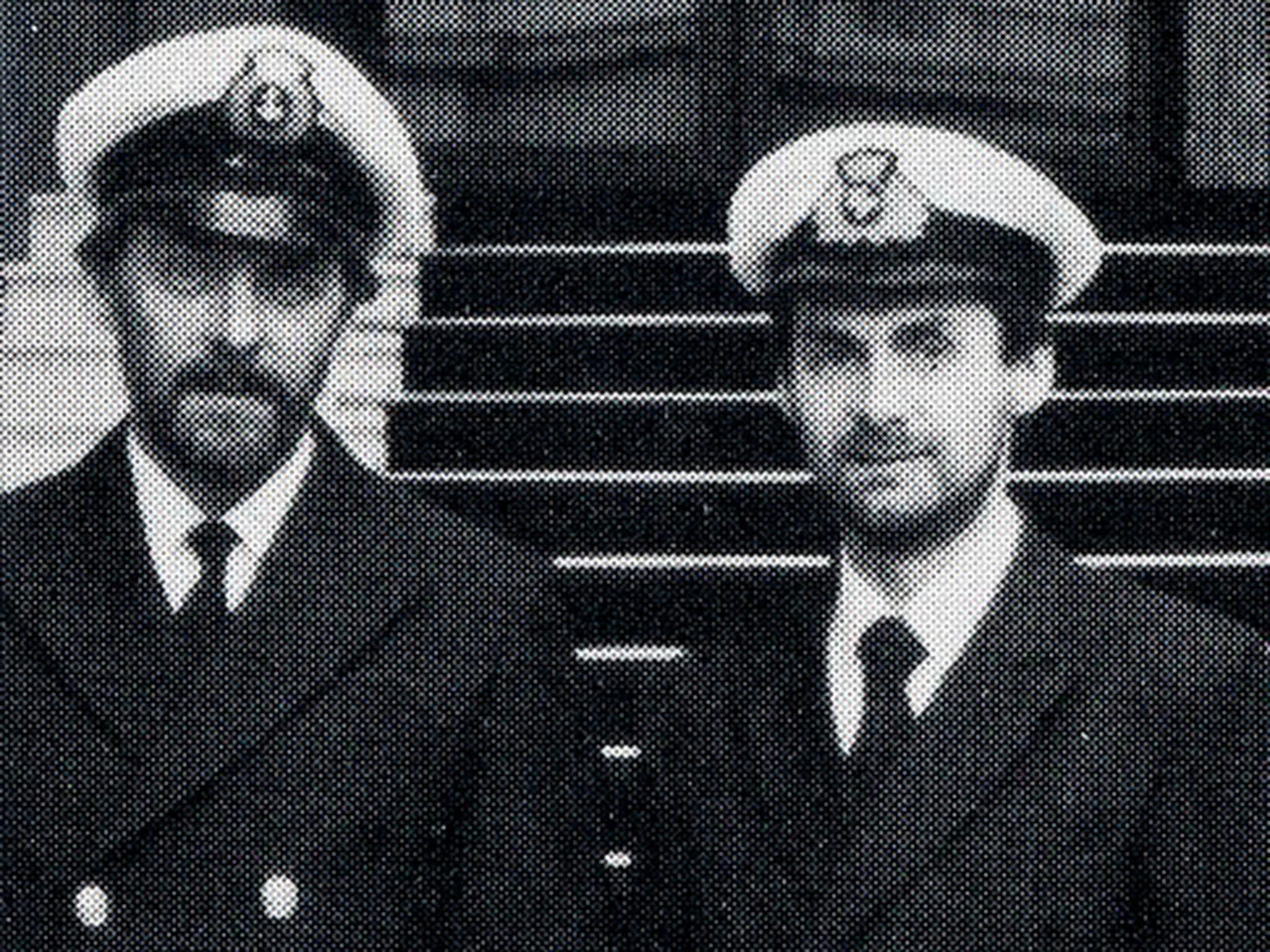
So many dates need recalling all these years later: first, midnight 6 March 1987: helicopters, ships too, bringing in an initial, necessarily unrepeated, haul of bodies dead or alive; the rest of March 1987: hospitalisation, convalescence, for some survivors; March through to June 1987: funerals; 14 March 1987: a memorial service in the Church of St Mary the Virgin, Dover; 15 April 1987: a national memorial service in Canterbury Cathedral, led by Archbishop Robert Runcie and televised by the BBC; throughout April 1987: lifting the Herald of Free Enterprise – so facilitating the grim task of recovering the last 77 of a total 193 dead bodies; 26 April 1987: Mr Justice Barry Sheen, Admiralty Judge of the High Court, opening his 29-day public inquiry; October 1987: convening of official coroner’s inquest (jury verdict: unlawful killings); December1987: Order of St John awards, Clerkenwell, London; also P&O’s dedication of a small Kentish wood dedicated to victims of the Herald; March 1988: HM Elizabeth II herself awarding three Queen’s Gallantry Medals, and two George Medals – one, deservedly, to amazingly brave passenger Andrew Parker; the other, posthumously to Michael Skippen –, as part of her New Year Honours; 6 March 1988: dedication of a specially commissioned stained-glass window in Dover’s parish church; September 1990: abortive criminal trials of seven accused, charged with gross negligence; P&O: charged with corporate manslaughter; September 1994: the almost carbon-copy sinking of the Estonia, more than 850 lives lost; 6 March 2012: special service and ceremonies for the 25th anniversary of the Herald’s sinking.
After a commemorative service to be held in the Parish Church of St Mary’s Dover this coming Monday – the exact 30th. anniversary of the sinking – the bell of the Herald of Free Enterprise, hitherto owned by a Belgian national, will be presented to the Port of Dover during a short ceremony in the Parish Hall. Many crew, survivors, and bereaved families will attend.
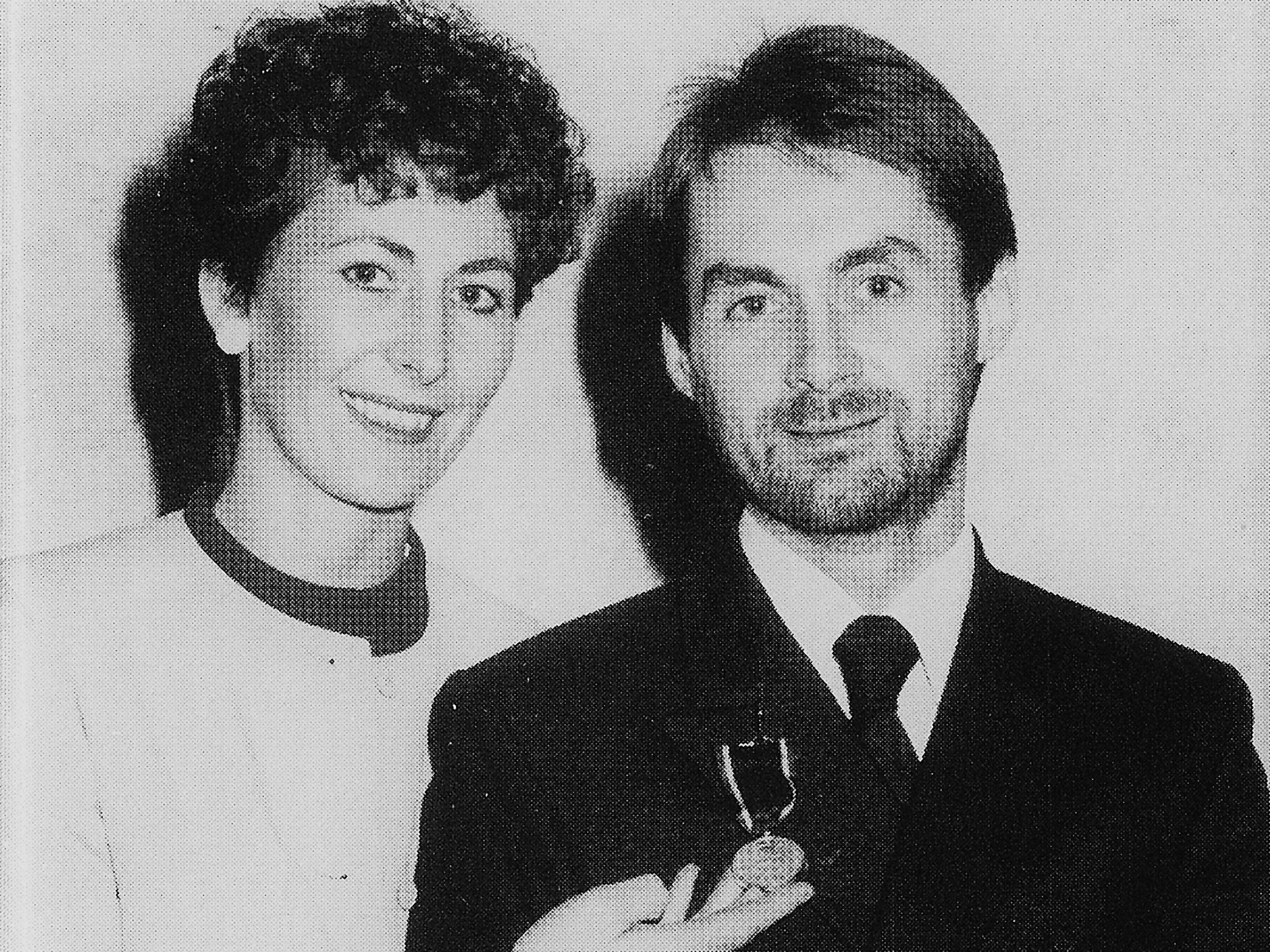
The country at large – and certainly P&O – but definitely not each survivor, definitely not each shattered, bereaved, relative of those who drowned, has tended to forget the Herald of Free Enterprise. So what do these last 30 years tell us?
Lesson one: For want of a nail
For want of a nail the shoe was lost.
For want of a shoe the horse was lost.
For want of a horse the rider was lost.
For want of a rider the battle was lost.
For want of a battle the kingdom was lost.
Townsend Thoresen did not even fit the most rudimentary – efficient nonetheless – captain’s alert.
Lesson two: A titular, or holding, company is necessarily responsible for its “brands” – and all its brands’ shortcomings – from the very first day of takeover. In the weeks following the March 1987 disaster, P&O (Herald owners since December 1986) rode two horses: anxious to use Townsend Thoresen badging and documentation when P&O itself might have come into the spotlight; yet keen to use P&O labelling when Townsend Thoresen became too toxic a public sales pitch. Sheen was actually quite forthright in two of his conclusions: the company was “infected with a disease of sloppiness from top to bottom” and its board of directors “did not have any proper comprehension of what their duties were”.
None of this prevented then Prime Minister Margaret Thatcher bestowing upon her reported friend and exemplar, P&O chairman Sir Jeffrey Sterling (knighted a year before the disaster for “public service and services to industry”) the Baronetcy of Plaistow, and a seat in the House of Lords. A reward for failure ?
Lesson three: It was, and is, in British law, almost impossible to make a charge of corporate manslaughter stick. Long since the Herald prompted Crown prosecutors to attempt to bring the more serious charge – and right up to and including the Glasgow helicopter and bin lorry tragedies of 2013 and 2014 respectively, also the fatal crashing down of Guildford G Live centre’s loading door in 2013 – Crown Court proceedings have consistently failed through “lack of evidence of culpability”, an inability to discover a “guiding mind”. Lastly, many a sympathetic jury acquits plausible defendants – however compelling the case made against them may appear to be.
Lesson four: Public inquiries into disasters such as the Herald must never be rushed. Key Zeebrugge witness Stephen Homewood was heard for fewer than 40 minutes in front of Sheen, then given even less of a platform at the perfunctory inquest. In these days of social media it is easier for survivors and victims’ families to share information and organise, putting them in a potentially stronger position, but this was then not the case. Sheen was too hasty, in common with the far too speedily convened and concluded Popplewell Inquiry into the 1985 Bradford City stadium fire and the original Taylor “Inquiry” into Hillsborough. Only the Fennell Report on the 1987 King’s Cross Underground fire and a decades-later, new, Hillsborough Inquiry attempted a semblance of thoroughness.
Lesson five: We never learn. Years before the Herald sank, one of her class completed her entire Channel crossing with her bow doors open, undiscovered. And two months after the Herald’s capsize, the Daily Mirror reported that P&O was still setting off from port without due safeguards. Ferry crew often remain poorly trained, so much so that even safety exercises designed for them have been botched leading to crew deaths and grave injury. And one dare not speculate on the safety standards of Indonesian, Philippine or Vietnamese ferries.
Lesson six: Good lighting is essential. Boats and aeroplanes alike must have solid, waterproof, fireproof, lighting and walkie-talkies. The 7/7 London Tube and bus atrocities in 2006 showed yet again that emergency lighting, not to mention messaging, was completely insufficient.
Lesson seven: Post-disaster gestures are at once empty and insulting if managements maintain their unchallenged Gentlemen v Players perspective. P&O’s incidental – but deeply hurtful – acts of thoughtlessness after the Herald’s sinking are too numerous to list... but here are a few: Sterling and Townsend Thoresen refusing to speak to certain crew survivors; P&O not paying for travel or subsistence – or even coffee – for those attending the inquiry, inquest and memorials; P&O unprepared to offer crew any compassionate leave at all that was not deducted from their annual leave entitlement; P&O holding private functions and memorials where affected crew were neither invited nor welcome; P&O giving the church a template of a different ship to represent in stained glass; P&O drawing up the wreck of the Herald right next to a complimentary cruise for a few surviving employees and their families (the Herald on its way to being scrapped in Taiwan); P&O sacking most Herald crew in a bitter, but unrelated, conflict with the Seamen’s union; crew and the relatives of crew, dead or alive, marginalised as an inconvenience or embarrassment by their employers; P&O sending mass-produced letters, or none, of appreciation; P&O dumping seemingly spare “medals” through crew letter-boxes; P&O spending almost twice as much on its learned counsel as it was prepared to pay Sheen; P&O not offering to pay the £10 Buckingham Palace pettily charged for each commemorative photograph; P&O’s niggardly, minimal, compensation awards, paid only after a fight... with more tales coming to light.
Illustrative of this mindset, a “final” word might go to Peter Ford, former chairman of Townsend Thoresen, retired and living in London, aged 88, when he made this observation in the 25th anniversary year of 2012: “It was a very difficult situation. Probably the biggest mistake that we made is that we somewhat underestimated the number of people who had been killed, saying it was about 136 when actually it was 193 ... I think we did the right thing to accept responsibility and do our best in what were extremely difficult circumstances, but we didn't get everything right.”
Now over to Wallace Ayers, former technical director of Townsend Thoresen, who took early retirement three weeks after the sinking. Again in 2012, Mr. Ayers, then aged 73 and living in Reigate, was anxious to observe: “It [my criminal trial] was, as far as I'm concerned, a monstrous injustice and a monstrous waste of money. It [the Herald’s sinking] is in the past, but it’s still in the present. The Herald of Free Enterprise was well-built and it was misused. It was just one of those tragic accidents.”
Join our commenting forum
Join thought-provoking conversations, follow other Independent readers and see their replies
Comments